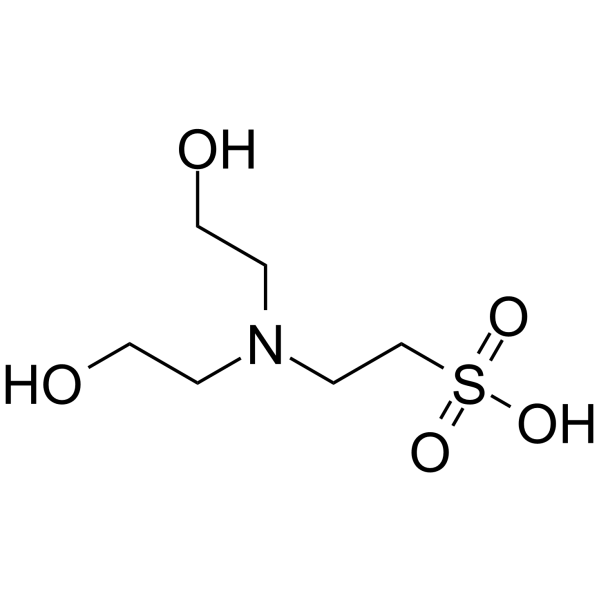Metabolism of Babesia parasites in vitro. Comparison of several zwitterion buffers for the in vitro incubation of Babesia rodhaini.
D N Barry
Index: Aust. J. Exp. Biol. Med. Sci. 60(Pt 2) , 167-74, (1982)
Full Text: HTML
Abstract
The effect on the haemoprotozoan parasite Babesia rodhaini of adding a zwitterion buffer, HEPES, to a basal medium was studied by comparing the glucose uptake, ATP concentration, medium pH and infectivity of parasitized rat erythrocytes every 4 h during 24 h incubation in either Krebs Ringer phosphate (KRP) or KRP plus 28 mM HEPES. KRP plus HEPES was found to be superior to KRP for the maintenance of glucose uptake, erythrocyte ATP concentration, medium pH and infectivity of the parasite. Having established that HEPES improved the basal KRP medium, HEPES was then compared to three other buffers TES, BES and TRIS, to determine their relative effects on B. rodhaini during 18 h of incubation. At 28 and 56 mM concentration there was no significant difference in glucose uptake or lactate production among the 4 buffers. However, TES maintained the medium pH best, and BES preserved the infectivity of the parasite best. Further comparison of TES and BES at 10, 20, 30 and 40 mM established 50 mM TES to be best for buffering the pH of the medium and maintaining infectivity of B. rodhaini.
Related Compounds
| Structure | Name/CAS No. | Molecular Formula | Articles |
|---|---|---|---|
 |
BES
CAS:10191-18-1 |
C6H15NO5S |
|
Identification of Sex-Linked SNPs and Sex-Determining Region...
2015-08-01 [Mar. Biotechnol. 17 , 502-10, (2015)] |
|
Peptide Bioconjugates of Electron-Poor Metallocenes: Synthes...
2015-06-15 [ChemBioChem. 16 , 1333-42, (2015)] |
|
Enhanced Shewanella biofilm promotes bioelectricity generati...
2015-10-01 [Biotechnol. Bioeng. 112 , 2051-9, (2015)] |
|
Pressure-Induced Phase Transformation, Reversible Amorphizat...
2015-09-02 [J. Am. Chem. Soc. 137 , 11144-9, (2015)] |
|
Biological reductive dechlorination of tetrachloroethylene a...
1989-09-01 [Appl. Environ. Microbiol. 55(9) , 2144-51, (1989)] |